Scroll Down to Read Today’s Essay
Subscribe to Baseball History Comes Alive for automatic updates. As a Free Bonus, you’ll get instant access to my Special Report: Gary’s Handy Dandy World Series Reference Guide
Now that we are firmly in what I call the baseball “No-Man’s land,” — the time between the last out of the World Series and until we hear the magic words, “Pitchers and catchers report!” — it’s a good time to catch up on some unfinished business.
So I thought I’d post a review I wrote a few years ago but never got around to publishing. The book is The Gashouse Gang, by John Heidenry. I really enjoyed it and I hope my detailed review will stimulate your interest enough to read it. If you’re a Cardinal fan — or have an interest in that most magical year in their history, 1934 — then this is a book for you! -GL
The Gashouse Gang
by
John Heidenry
(reviewed by Gary Livacari)
The Gashouse Gang (Public Affairs, 2007) is a well-written, well-edited book that should have a valued place in the libraries of all serious students of baseball history. It gives a frolicking account of the 1934 pennant race and World Series, when the St. Louis Cardinals, Dizzy Dean, and the rest of the Gashouse Gang were briefly at the pinnacle of the baseball world. Some reviewers have found the book “dry” in spots. To my taste, it was anything but dry. I found it to be a fun, engaging book that held my attention from start to finish.
The “Gashouse” nickname, by most accounts, is derived from the team’s generally shabby appearance and rough-and-tumble tactics. An opponent once stated that the Cardinals players usually went onto the field in unwashed, dirty, and smelly uniforms. According to another account, scrappy shortstop Leo Durocher coined the term. He and his teammates were speaking derisively of the American League. The consensus was that the Redbirds, should they prevail in the National League race, would handle whoever won the American League pennant, to which Durocher added, “Why, they wouldn’t even let us in that league over there. They think we’re just a bunch of gashousers.”
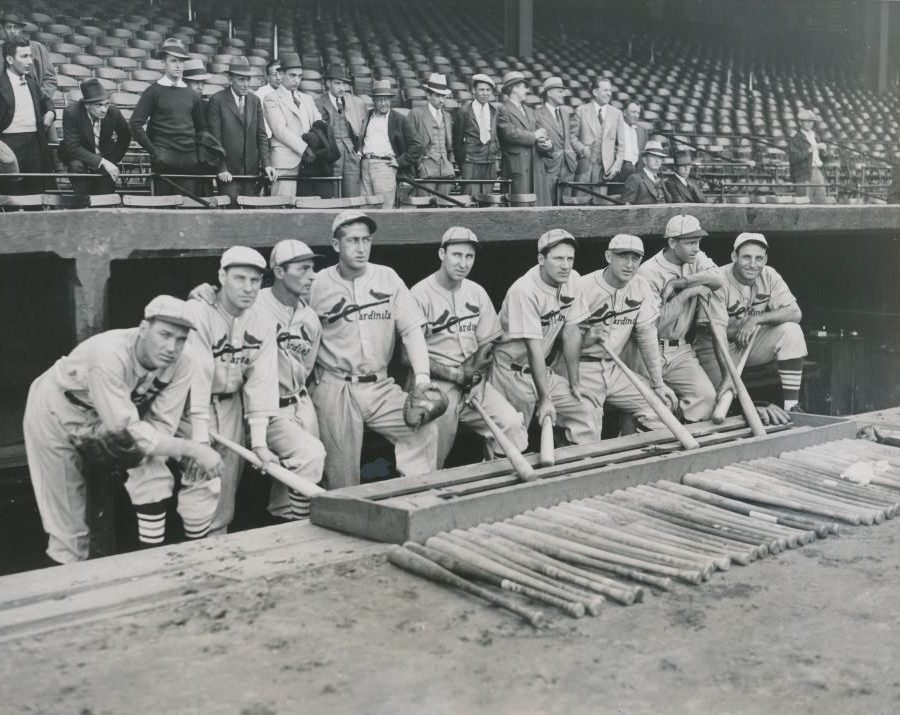
What makes the book so enjoyable is that the author refrains from going into “information overload” with minute details about the1934 baseball season you could never hope to retain. Rather, he presents the pennant race as an interesting backdrop to the extraordinary cast of characters that made up the Gashouse Gang. He provides just the right blend of game summaries, statistics, quotes, and commentary; as such, the book is never boring. Mr. Heidenry devotes most of his efforts to developing all the zany personalities and all the interesting baseball relationships and interactions from this memorable year.
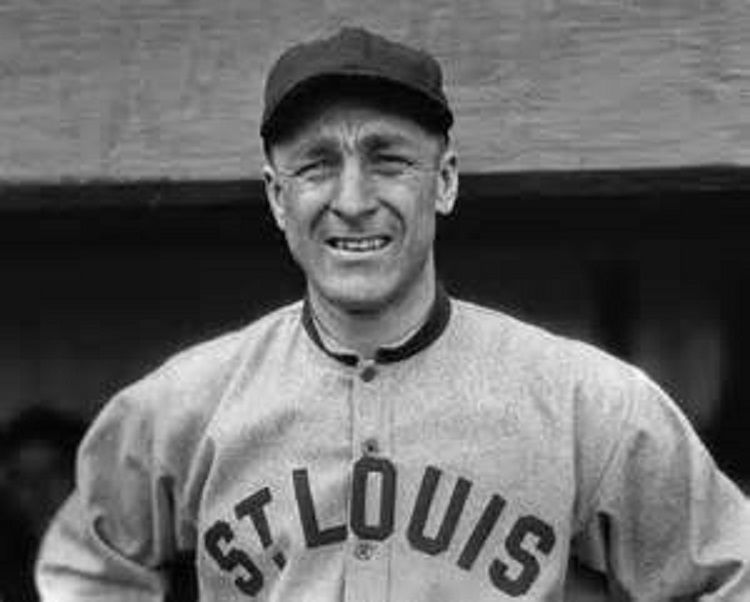
Along the way, we learn about the great baseball visionary, Branch Richey, the Bible-reading Methodist who transformed the also-ran Cardinals into perennial winners. Together with owner Sam Breadon — whose great contribution to baseball history was recognizing that Rickey’s formidable talents lay in the front office and not in the dugout — they produced a remarkable five pennants and two world championships in eight years. The teetotaler Rickey possessed a unique ability to recognize talent amidst the improbable reservoir of miscreants, rubes, country hicks, drunks, and other assorted oddball personalities called baseball players, and then somehow transform this dysfunctional mix into championship teams. In no year was this amazing ability more in evidence than in 1934. Yet, despite all their success together, Rickey never quite forgave Breadon for replacing him as the Cardinal manager in 1926 with Rogers Hornsby, and their relationship was strained for years.
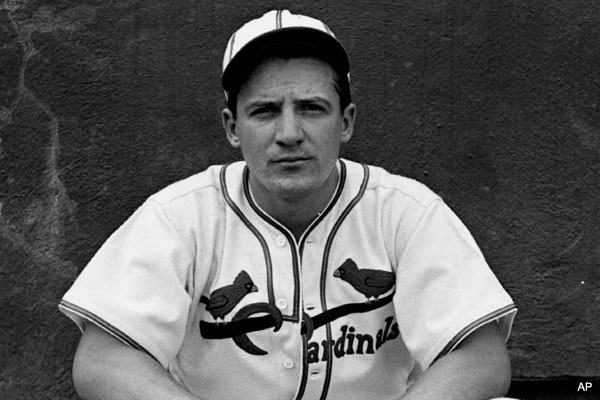
The Gashouse Gang was led by player-manager Frankie Frisch— the “Fordham Flash” — and captain Leo Durocher, along with stars such as Dizzy Dean, Joe “Ducky” Medwick, Ripper Collins, and the fun-loving Pepper Martin, the heart and soul of the team whose “Mudcat Band” kept the Cardinals’ clubhouse loose. The team featured five regulars who hit at least .300, a 30-game winner in Dean, the last National Leaguer pitcher to win 30 games, and four All-Stars. Rip Collins led the team in sixteen offensive categories including a .333 batting average, a .615 slugging average, 35 home runs, and 128 RBIs.
No one thought the Cardinals had a chance to wrest the 1934 National League pennant from the reigning champion Giants. But they won 95 games that year, including an amazing late-season comeback, winning 20 of their last 25 games, clinching the pennant on the last day of the season. The stunned Giants became the first team in baseball history to blow a seven-game lead entering September. And, like the 2006 Cardinal version, they carried their momentum to victory in an exciting seven-game World Series over the heavily favored Detroit Tigers, a team featuring such stars as Hank Greenberg, Charlie Gehringer, Mickey Cochrane, and Goose Goslin.
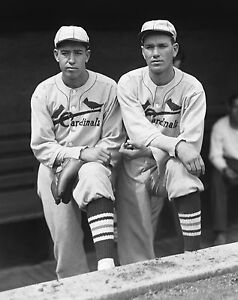
Branch Rickey paid a huge price for glory in 1934, as he had to contend with Dizzy Dean and his habitual whining and endless clowning. It is hard to put Dean’s tiresome antics into words. Combine, if you will, the annoying personalities of Jose Canseco, the prankish nature of Ozzie Guillen, and the pitching talents of Nolan Ryan, and then multiply by a factor of about five, and you might begin to appreciate Branch Rickey’s burden that year. Dean would have been enough to drive mere mortals from the game. But Branch Rickey, as we know, was no mere mortal, and, in later years, became almost a saint. In 1934 Dean simply had to be tolerated — in spite of a walk-off “strike” over inadequate wages in the middle of the pennant race — as he put together a phenomenal year: 30 wins, 2.66 ERA, 195 strike outs, 311 innings, and winning two games in the World Series. Together with his brother Paul, the Deans won an astounding 49 of the team’s 95 victories.
And if handling the Dean brothers and their constant griping wasn’t taxing enough, Branch Rickey had to contend with two other Deans that year: Dizzy’s strong-willed wife Pat, and his older brother, Elmer. As Heidenry recounts, Pat Dean was regarded by all who knew her as a royal pain-in-the-ass (there’s simply no other way to put it), and served as Dizzy’s all-purpose consultant and astute financial advisor. Every preposterous thing Dizzy said or did was approved and choreographed by Pat. But amidst it all, she kept the volatile Dean focused on the task at hand: winning ballgames, and thus she played a major role in the Cardinals’ success. Similar to the influence and restraint Claire Ruth exerted over Babe Ruth, it’s hard to imagine how an obnoxious, irresponsible blowhard like Dizzy Dean would have ended up without Pat’s guidance. She shrewdly capitalized on his fame, pulling this sharecropper’s son up from the depths of the Depression to become a multi-millionaire.
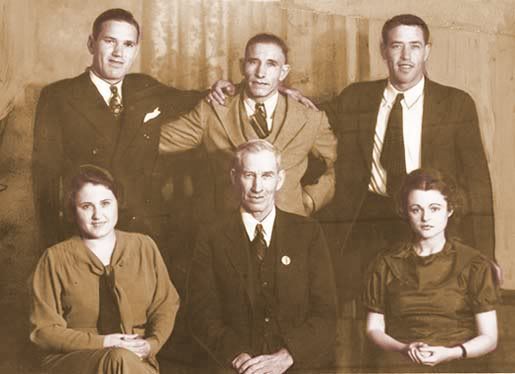
As for brother Elmer, a pitcher of some renown in his own right, Dizzy apparently felt it was the Cardinals’ responsibility to find him meaningful employment. Branch Rickey obliged, giving Elmer a job as a peanut vendor with a Cardinal farm club in Texas. Of course, Dizzy didn’t think this was adequate and endlessly pestered Rickey for a front office clerical job for the barely literate Elmer.
Other team conflicts are highlighted throughout the book, including the growing rift between the Cardinals’ field captain, the irrepressible Leo Durocher, and manager Frankie Frisch. It was during this year that the latent managerial talents of Durocher blossomed. As the season wore on, it became apparent that Durocher was the much better baseball tactician and motivator. Frisch, fading fast at the end of a brilliant Hall of Fame career, chaffed at the comparison; and by the season’s end, the two were barely on speaking terms.
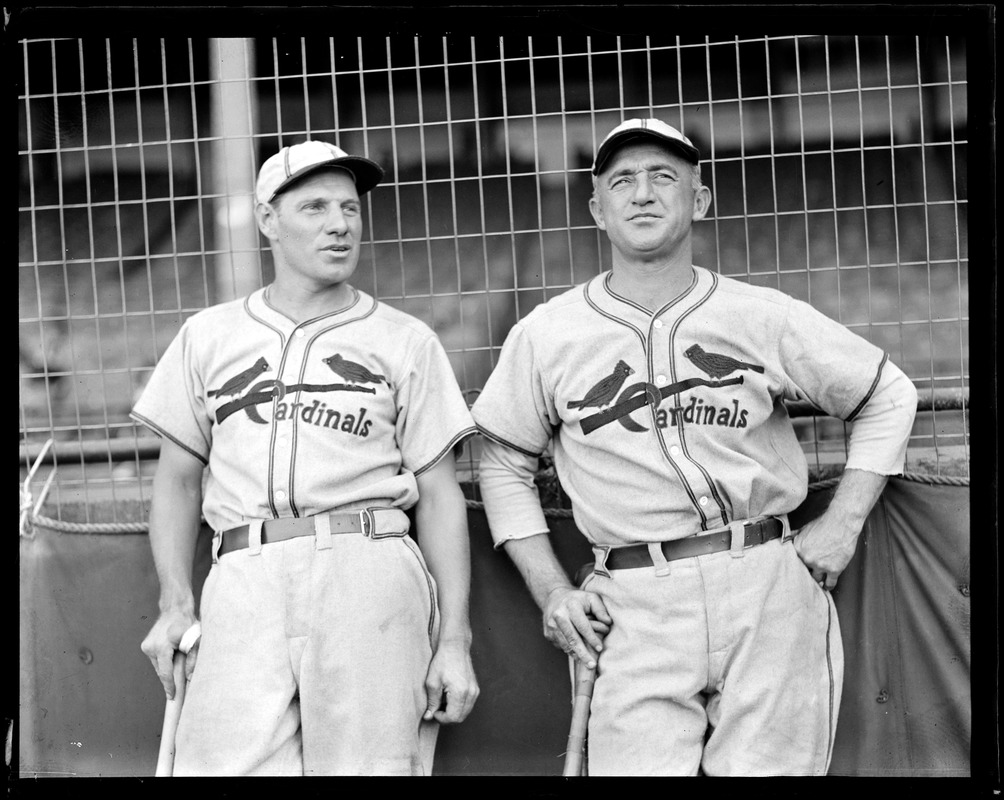
I’ve read other books about this team and this year, but the Gashouse Gang by John Heidenry was easily the most enjoyable. There’s a lot of 1930s Depression-era baseball “flavor” and local color that I really enjoyed. By the end, you know the personalities that made up this talented mix of misfits, and you know what made the Gashouse Gang click as an exciting one-of-a-kind championship team.
A lot of the information in the book will be familiar territory to serious baseball fans, but John Heidenry presents it all in a lighthearted, engaging writing style that kept me turning the pages. It’s one of the few books I’ve read in which I was disappointed when it ended. If you want to brush up on one of the most memorable seasons in baseball history — when the Cardinals, Dizzy Dean, and the rest of the Gashouse Gang sat atop the baseball world — then this is the book for you.
Gary Livacari
Subscribe to our website, Baseball History Comes Alive with over 1400 fully categorized baseball essays and photo galleries, now surpassing the one million hits mark with 1,132,000 hits and over 950 subscribers: https://wp.me/P7a04E-2he
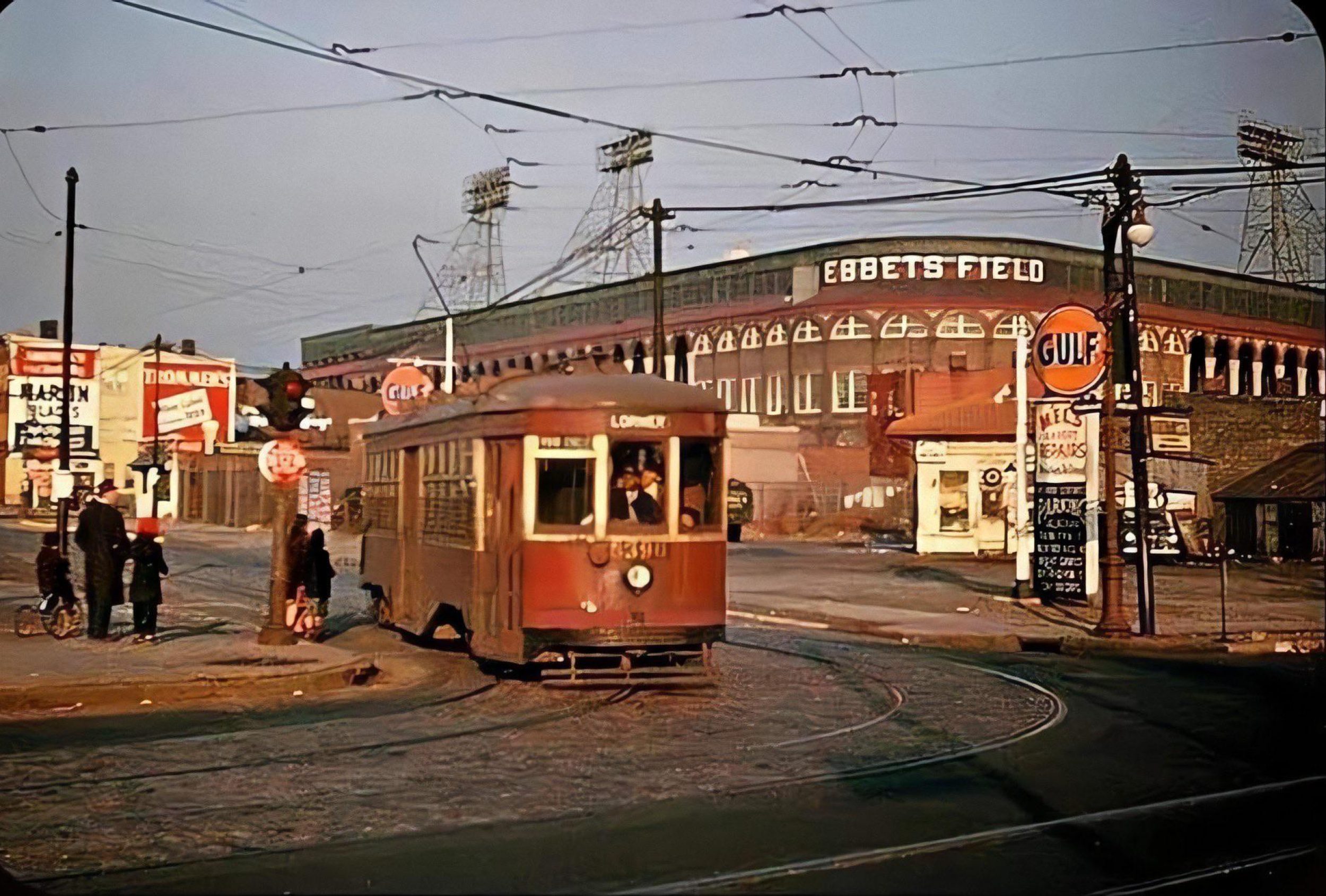
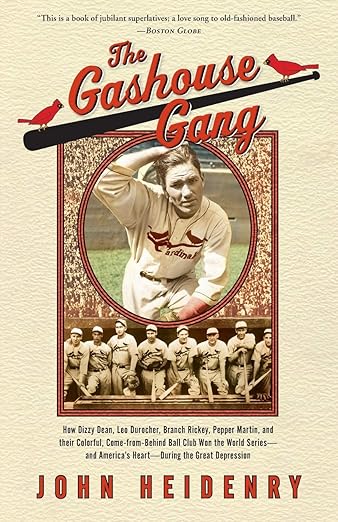

Very good review, Gary. As you say, most baseball aficionados are familiar with The Gashouse Gang, but are limited beyond basic knowledge of them. But this review adds lots of additional facts….so thnx. I recall watching the clip of Ken Burn’s “Baseball” where the GG show off their ball handling warm-up drills {a la the Harlem Globetrotters}. As he probably was in all of the GG’s antics, Pepper Martin seemed to be the ring-leader. And who didn’t enjoy Dizzy Dean’s stint as an NBCTV “Saturday Game of the Week” broadcaster with Pee Wee Reese ? His homespun humor as he told baseball stories and anecdotes were classic. While the U.S.A. was being crippled by the Great Depression, the GG must have really been a welcome, temporary relief from the publics’ daily struggles. {I’m sure the GG identified with blue-collar America especially}.
Thanks Tom…as always I really appreciate your input and insights. Merry Christmas to you and your family!
Gary: Outstanding review — makes me want to get this book and read it. I have posted your review on my Baseball Books for Baseball Fans Facebook page.
Very nice work.
Bob Canter
Thanks Bob! Send your reviews anytime, glad to post them!